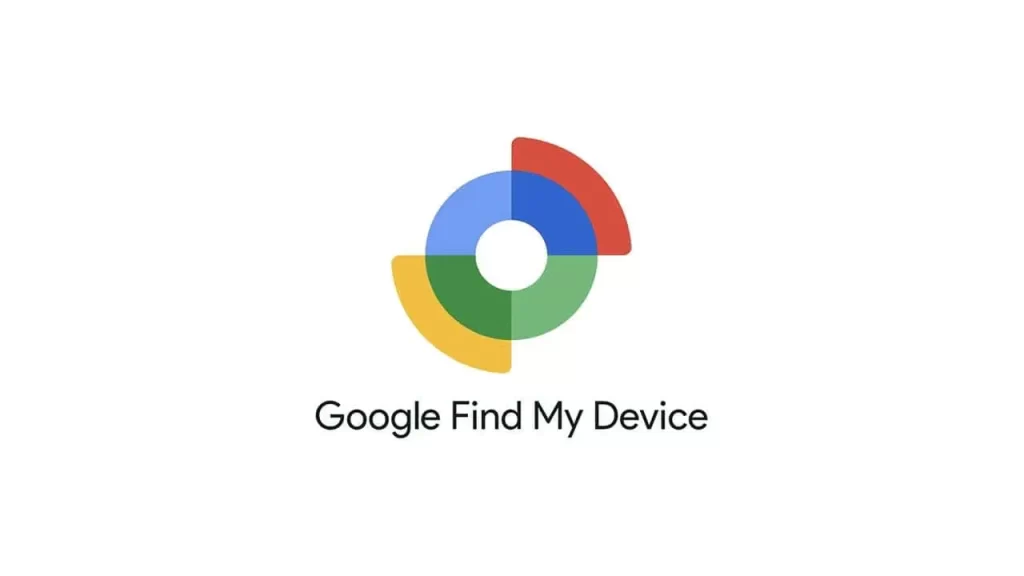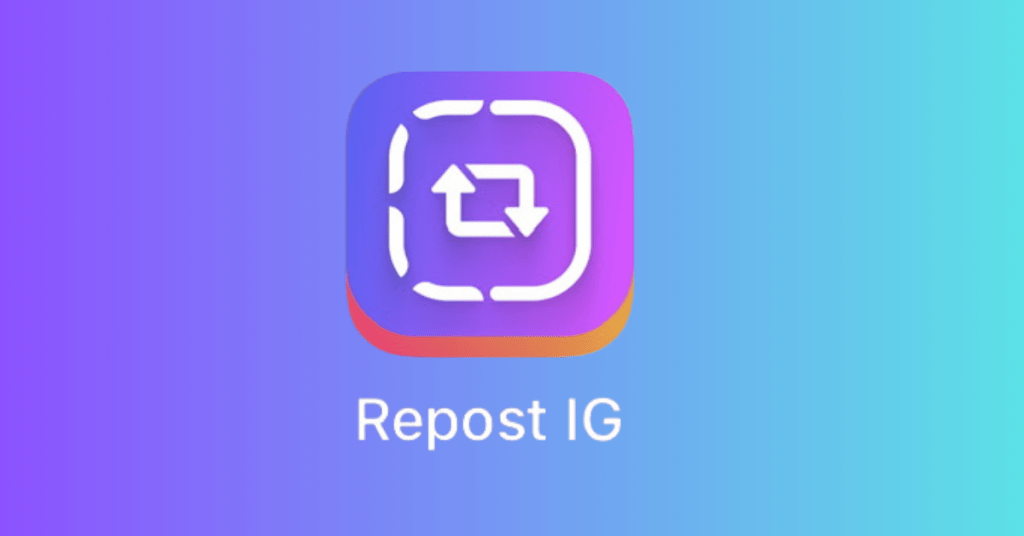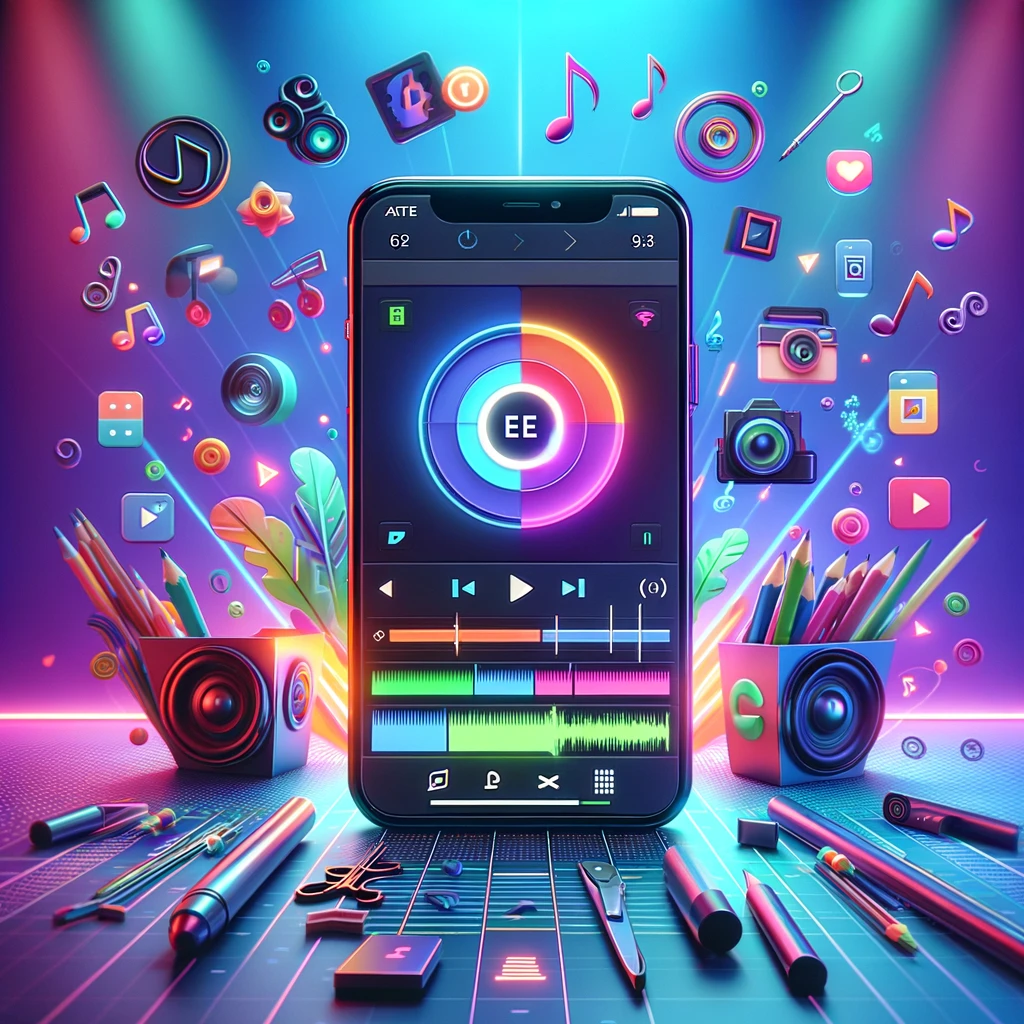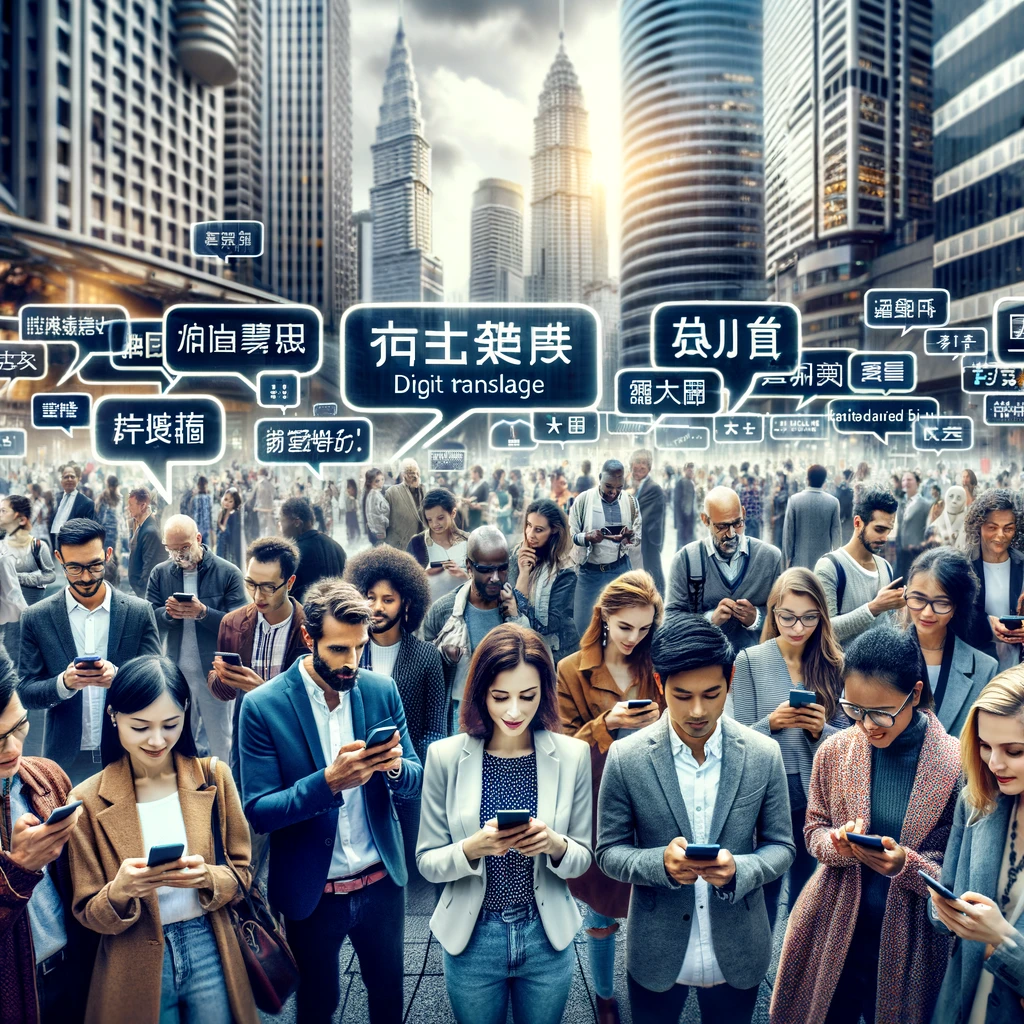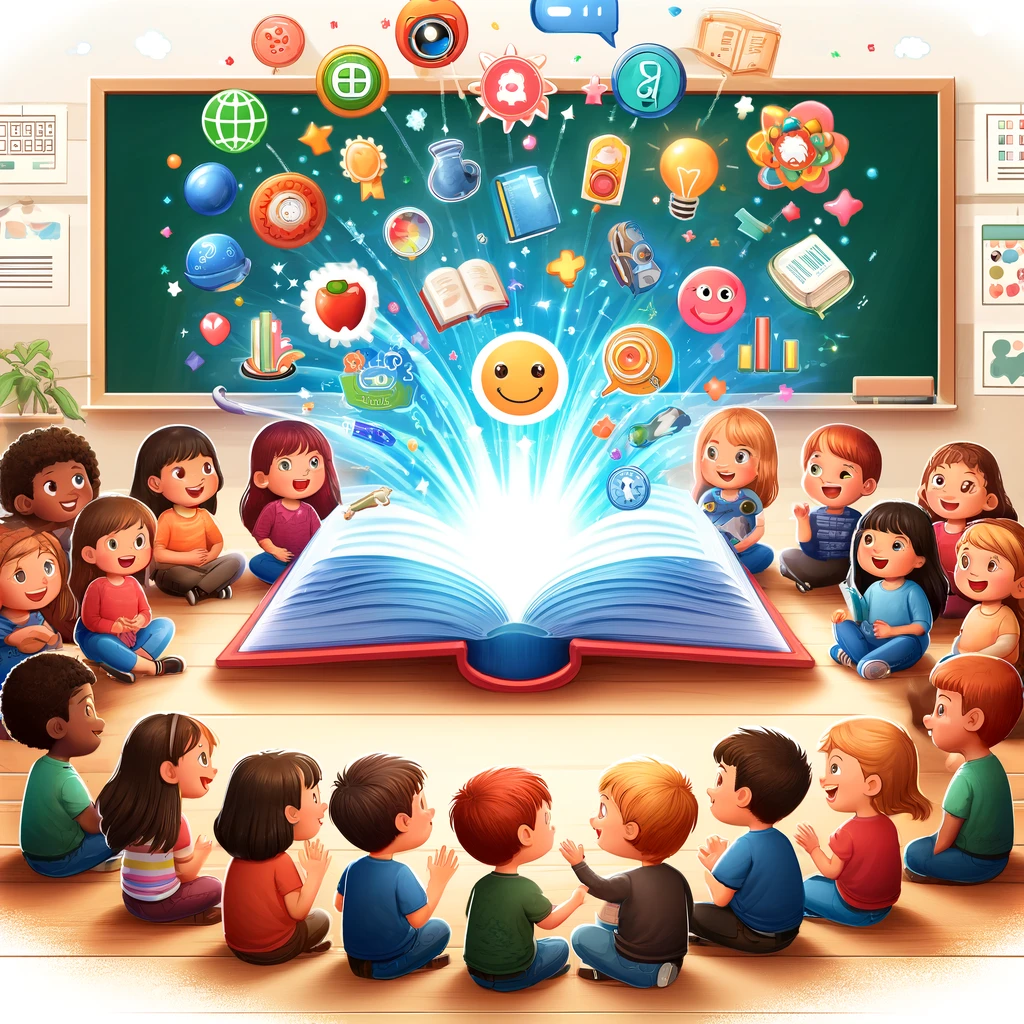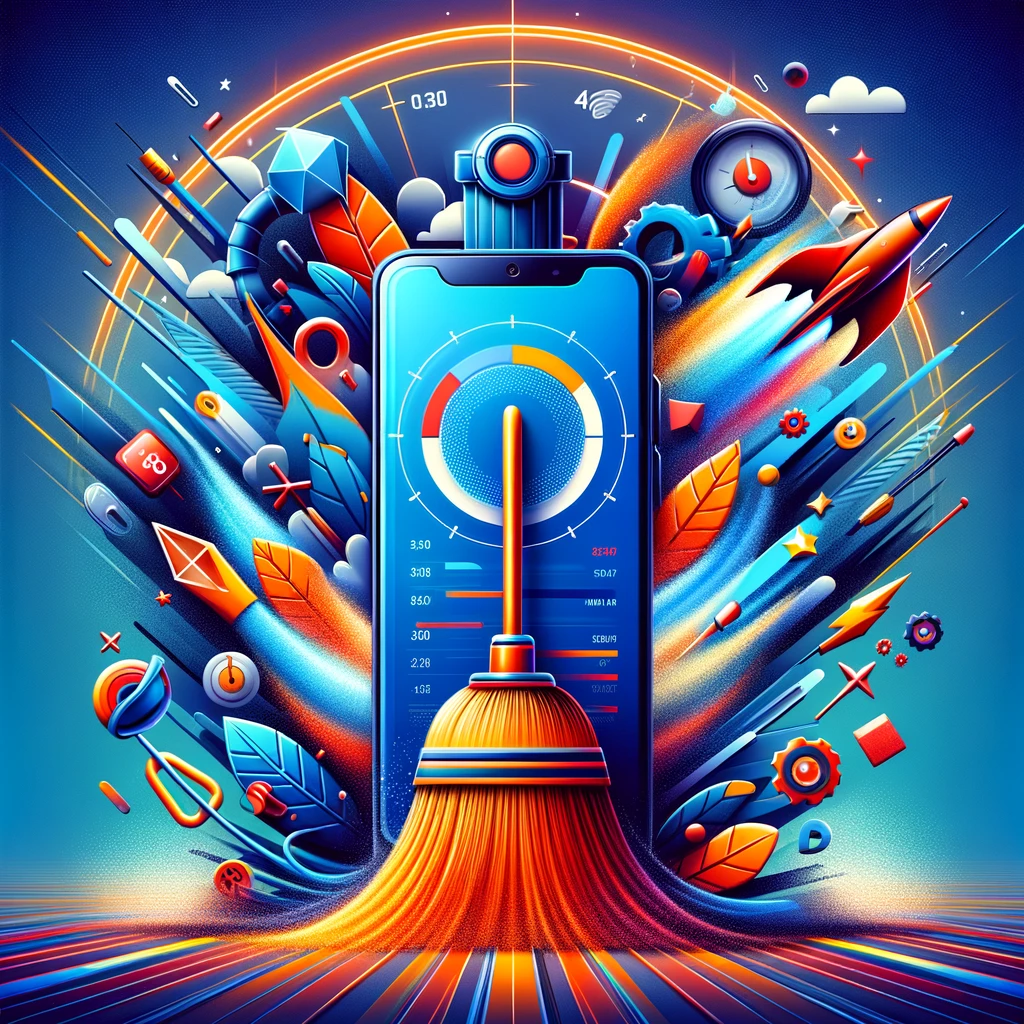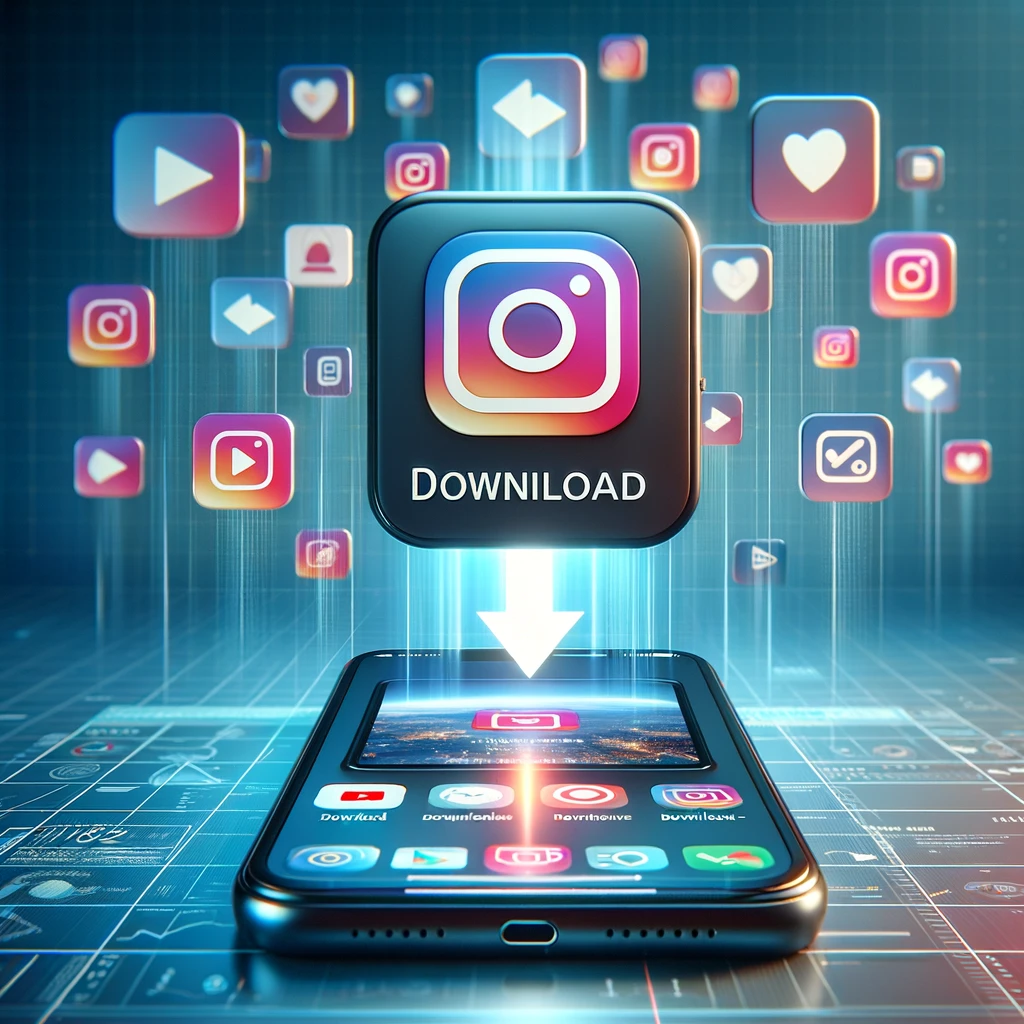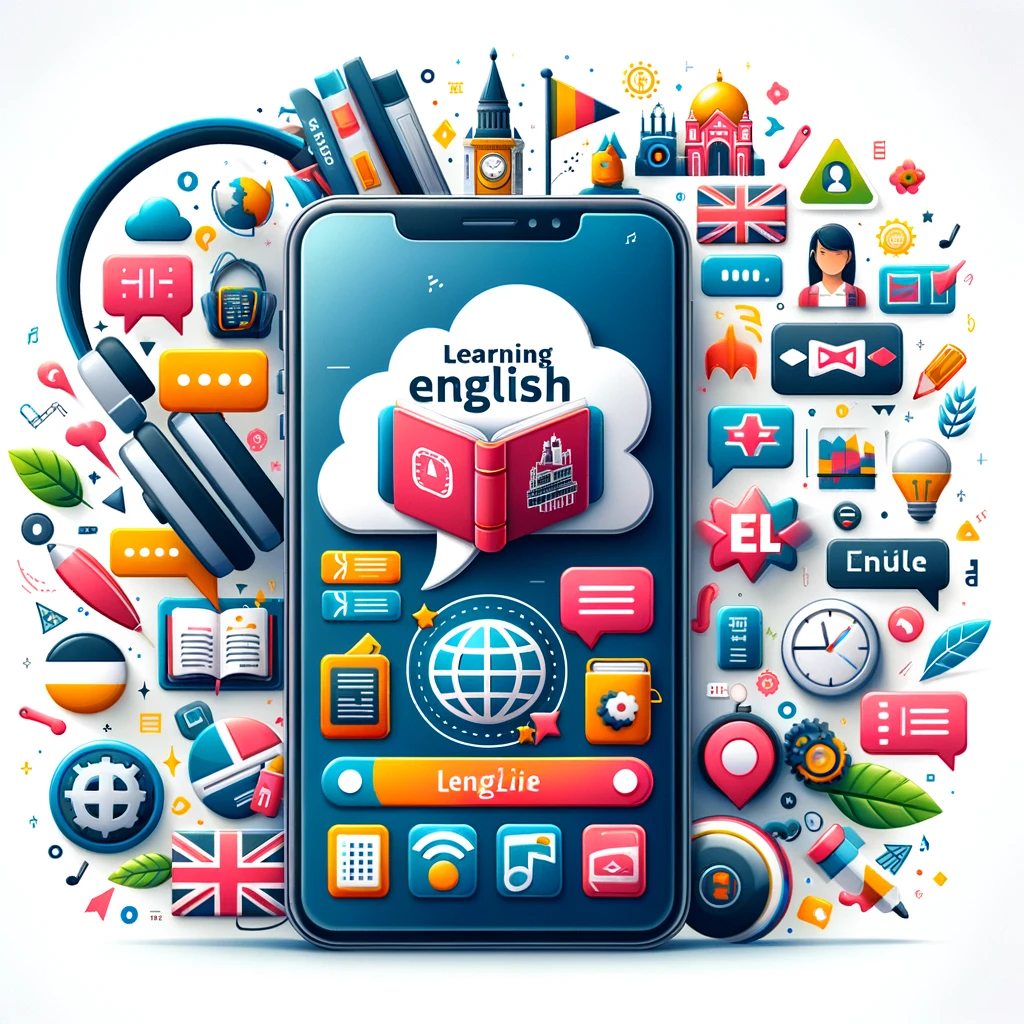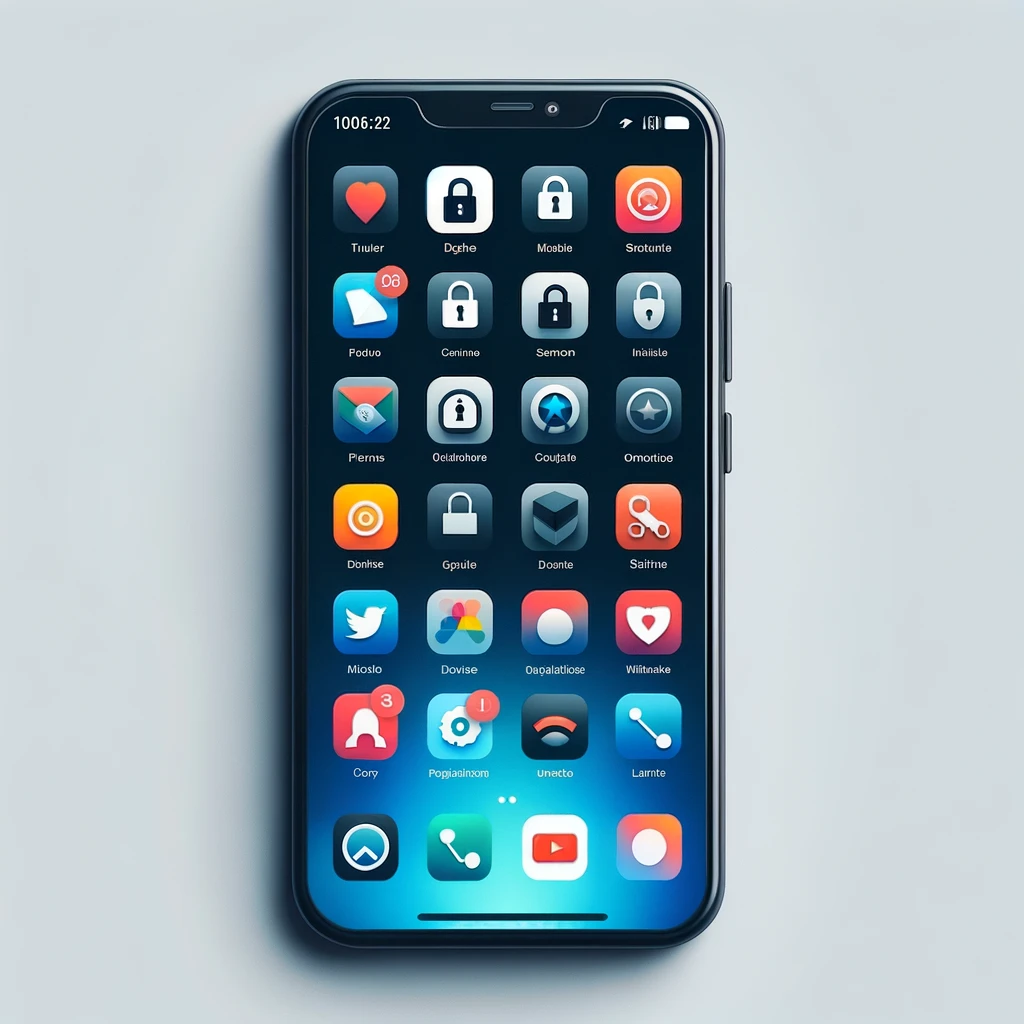In recent years, we have witnessed a silent revolution that is shaping the future of education. Technology, which has always played a significant role in various areas of our lives, is now transforming the way we learn.
Among the most impactful innovations are the educational apps, tools that not only complement traditional teaching methods, but in many cases, are reinventing them.
The concept of educational apps is nothing new, but their evolution over time demonstrates a growing understanding and appreciation of their value. Initially seen as mere teaching aids, today they are recognized as protagonists in learning journey.
This article will deeply explore how these apps are reshaping education, offering new opportunities for students and teachers, and what challenges and innovations we can expect in the near future.
Browse the content
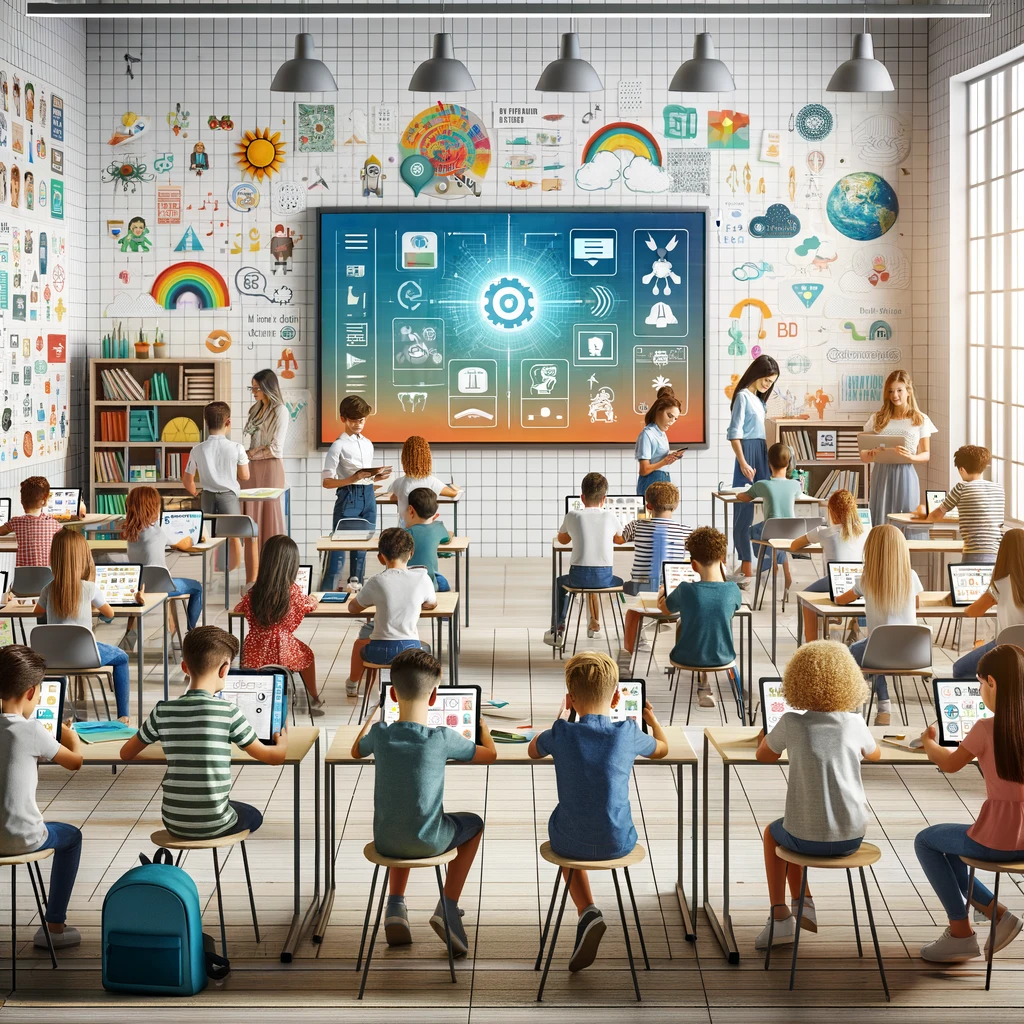
What are Educational Applications?
Educational apps are programs designed to facilitate teaching and learning. They can range from simple quizzes to complex learning management platforms that integrate multiple educational resources.
These applications provide a personalized and adaptive learning experience, capable of adjusting to each user's pace and learning style.
There are several categories of educational apps, from language learning tools like Duolingo and Babbel to comprehensive learning platforms like Khan Academy and Coursera.
Other examples include math apps like Photomath and science apps like Star Walk, which allow users to explore the universe through their smartphones.
Each category serves a specific purpose, offering resources that help students achieve specific learning objectives.
Additionally, these apps often use interactive and gamified methods to keep users engaged and motivated.
Benefits of Educational Applications
Educational apps offer a variety of advantages that are reshaping traditional educational practices. Here are some of the main benefits these apps provide:
Easy Access to Education
One of the most significant contributions of educational applications is democratizing access to education. Regardless of where a person lives or what resources they have, as long as they have access to a device connected to the internet, they can learn.
This breaks down geographic and socioeconomic barriers, allowing students from remote or low-income areas to access quality educational content. Platforms like EdX and Khan Academy, for example, offer courses from renowned universities for free or at very low costs.
Personalization of Learning
Another notable aspect of educational apps is customization. Intelligent algorithms analyze user performance and adapt content to meet your specific needs, helping you create a learning plan that aligns with your pace and learning style. This is especially useful in classes with a large diversity of students, where the pace and methods of learning can vary considerably.
Immediate Feedback and Measurable Results
Educational apps also offer immediate feedback. Unlike the traditional classroom environment, where students may have to wait days or weeks to receive an assessment, apps provide instant answers to quizzes and exercises.
This not only increases the efficiency of the learning process, but also allows students and teachers to monitor progress in real time and adjust learning strategies as needed.
These benefits illustrate how educational apps are facilitating a more inclusive, personalized and efficient approach to education.
Impact of Educational Applications on Formal Education
Educational apps are not just tools for self-directed learning; they are also becoming essential elements in traditional classrooms. Here is how these apps are influencing formal education:
Integration into Traditional Classrooms
Increasingly, schools and universities are adopting educational apps as part of their regular curricula. These applications are used to complement teaching, provide interactive practices and even administer tests and assessments.
Tools like Google Classroom and Microsoft Teams make it easier to communicate and organize tasks, while subject-specific apps like GeoGebra for math help illustrate complex concepts in more accessible and understandable ways.
Success Stories
Several institutions around the world have reported significant improvements in student engagement and performance after integrating educational apps.
For example, schools that used augmented reality apps to teach science saw an increase in student participation and better retention of complex concepts. These success stories illustrate the potential of these applications to transform education, making it more engaging and effective.
Challenges Faced
However, integrating technology into education does not come without challenges. Issues such as lack of access to high-speed internet, resistance from some educators, and the need for adequate training can impede the effectiveness of these applications.
Additionally, over-reliance on technology can lead to concerns about diminished human interaction in the learning process.
This increasing integration of educational applications shows a clear trend: technology is becoming an indispensable component in modern education.
Educational Apps and Self-Taught Learning
Self-taught learning, or self-learning, has gained a powerful new ally: educational applications. These tools give users the freedom to explore and learn at their own pace and according to their personal interests. Let's understand better how this happens:
Fostering Self-Education
Educational apps allow individuals of all ages to take control of their own education. With access to a wide range of resources and online courses, learners can choose what, when and how they want to learn.
Platforms like Khan Academy and Coursera offer courses on a variety of topics, from programming to philosophy, allowing users to expand their knowledge beyond the traditional limitations of school curricula.
Tools for Self-Teachers
There are countless tools designed specifically to support self-learning. Apps like Anki, for example, use spaced repetition techniques to help users memorize information effectively.
Others, like Quizlet, allow users to create and share their own sets of flashcards and quizzes, facilitating collaborative learning and knowledge exchange between peers.
Self-Employed Learner Success Stories
The success stories of users who have used educational apps to achieve remarkable learning goals are countless and inspiring.
For example, many learners report using language learning apps to prepare for living abroad, or coding apps to change careers and enter the technology field.
These apps not only make self-learning easier, they also transform this journey into a richer, more accessible experience.
Now, let's look at future trends in educational apps in the next section of the article, where we will discuss the technological innovations that are shaping the future of this field.
Future Trends in Educational Apps
As technology advances, so do educational applications. Here are some of the emerging trends that promise to further transform the educational landscape:
Recent Technological Innovations
Augmented reality (AR) and artificial intelligence (AI) are among the most promising technologies integrated into educational applications. AR offers immersive experiences that transform the way concepts are presented, allowing students to visualize complex information more intuitively.
For example, apps like Elements 4D transform physical blocks into interactive chemical elements when viewed through a device. On the other hand, AI is being used to create personalized learning assistants, capable of adapting content and recommending resources based on the user's learning style.
The Role of User Feedback in Application Development
Education app developers are increasingly focused on collecting and integrating user feedback to improve their offerings. This not only helps enhance the learning experience, but also ensures that apps remain relevant and effective.
Active user participation in app development promotes a continuous cycle of improvement and innovation, which is essential for adapting educational resources to the ever-changing needs of learners.
Predictions for the Future of Educational Applications
Educational apps are expected to become even more interactive and personalized. As data and machine learning technology advances, future applications will be able to offer learning experiences even more tailored to each user's individual needs.
Furthermore, the integration of virtual environments, where students from all over the world can interact and learn together in real time, could become a common practice.
These trends point to an exciting future for educational apps, where learning is not only more accessible, but also more engaging and personalized. Let us now conclude our article.
Conclusion
Educational apps have the potential to revolutionize education, making it more accessible, personalized and interactive. As we explore in our article, from integration into traditional classrooms to supporting self-paced learning, it is clear that technology will continue to play a crucial role in shaping future generations of students.
We encourage educators and students to explore these tools, adapt them to your needs, and contribute to the continued advancement of this promising area.

